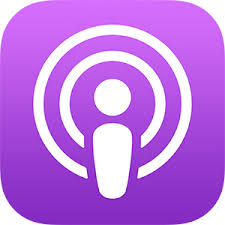Episode 272: Stuck at the Start: the 5 steps riders use to improve and why many get stuck on step one
January 31, 2024/
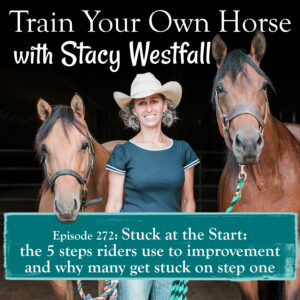
In this episode, Stacy explains the five essential steps riders undertake to enhance their horseback riding skills and their training techniques. She emphasizes how each cycle of this process contributes to the continual improvement of a rider’s abilities.
The focus is on the pivotal first step, where many riders often encounter obstacles. Stacy explains how this is a particular challenge for women entering the equestrian world later in life.
Can you clearly identify these 5 steps in a recent situation?
Can you remember a time like Stacy shared where you could not progress past one of the steps?

Click to read full article
SUBSCRIBE TO THE PODCAST HERE:
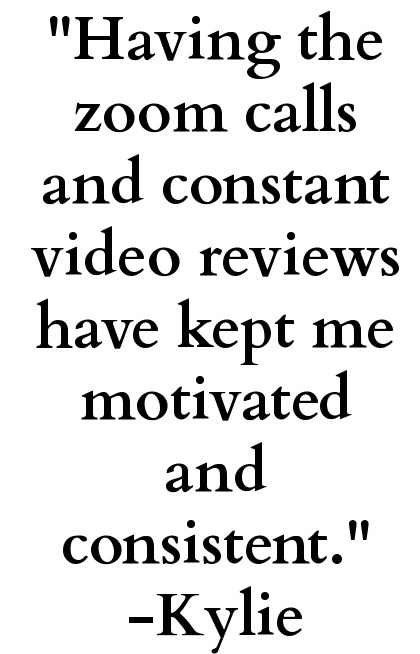
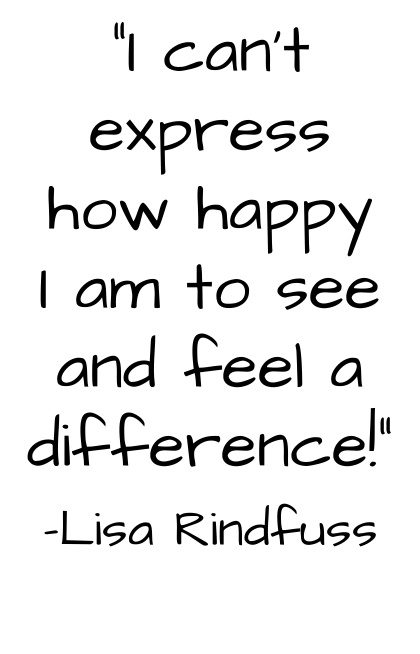
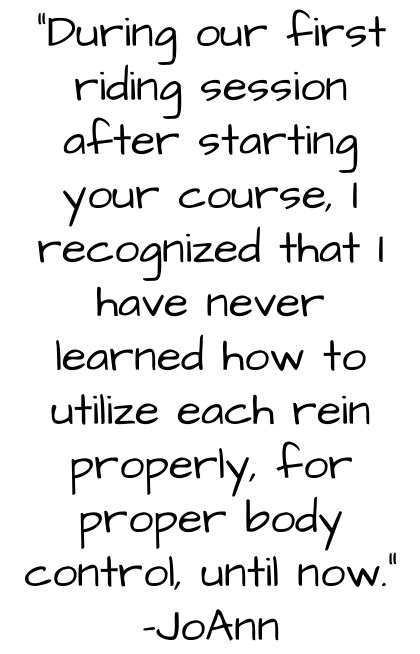
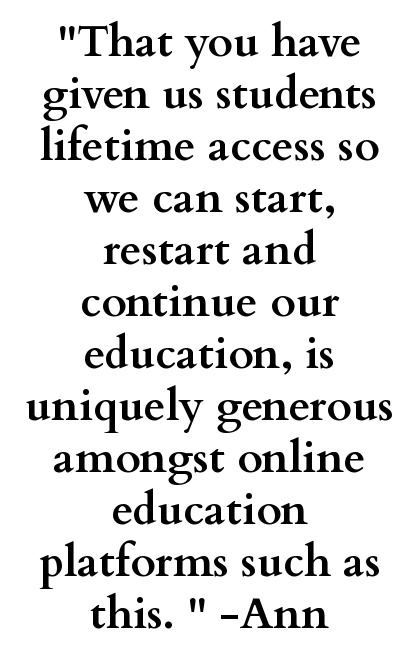
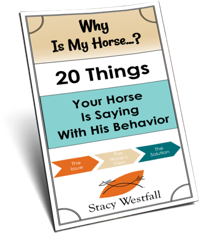
YOURS FREE
WHY IS MY HORSE...?

